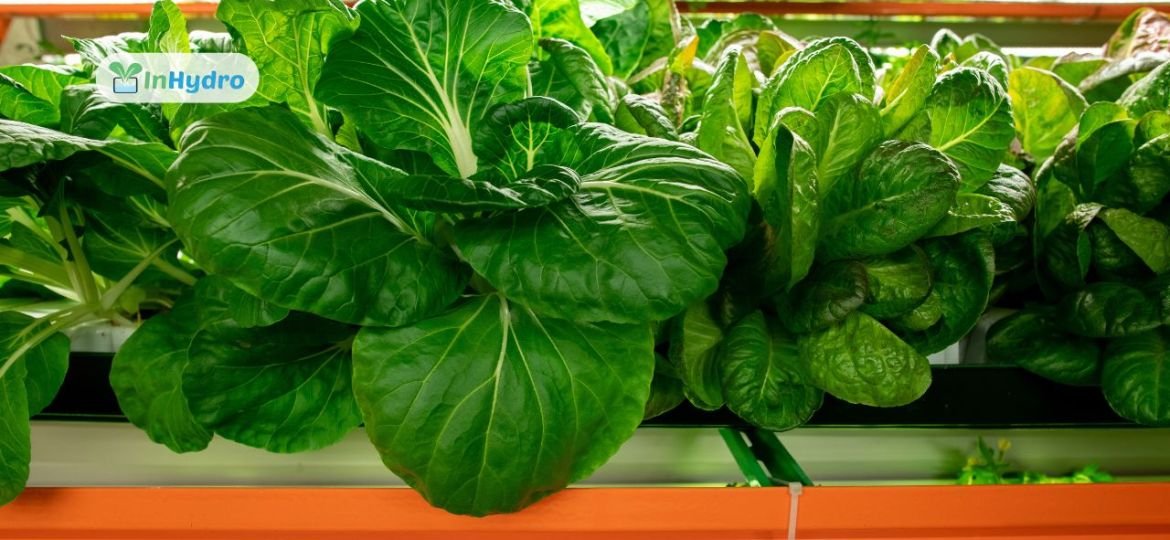
Carbon Footprint Reduction with Hydroponics: A Greener Future for Farming
As the world grapples with the challenges of climate change and environmental degradation, agriculture is often under scrutiny for its contribution to greenhouse gas emissions. Conventional farming practices are resource-intensive, requiring large quantities of water, land, and energy while producing significant emissions. Hydroponics, a revolutionary farming method, offers a sustainable solution to reduce agriculture’s carbon footprint.
In this article, we’ll explore how hydroponics contributes to eco-friendly farming, reduces greenhouse gas emissions, and paves the way for a greener agricultural future.
The Environmental Challenges of Conventional Farming
Traditional farming practices impact the environment in several ways:
- Deforestation: Large-scale farming leads to deforestation, reducing carbon sequestration.
- Soil Degradation: Excessive tilling, chemical use, and monocropping deplete soil health.
- High Water Usage: Conventional farming uses 70% of the world’s freshwater resources.
- Greenhouse Gas Emissions: Agriculture contributes nearly 20-25% of global emissions through methane (from livestock) and nitrous oxide (from fertilizers).
These challenges underscore the need for sustainable alternatives like hydroponics.
Hydroponics: A Sustainable Farming Revolution
Hydroponics is a soilless cultivation method where plants grow in nutrient-rich water solutions. By eliminating the need for soil and optimizing resources, hydroponics provides numerous environmental benefits.
How Hydroponics Reduces Carbon Footprint
1. Minimal Land Use
- Hydroponics systems can grow crops vertically, requiring significantly less land compared to traditional farming.
- Vertical farming in urban areas eliminates the need to clear forests for agriculture, preserving natural ecosystems and reducing carbon emissions associated with deforestation.
2. Lower Water Consumption
- Hydroponics uses up to 90% less water than conventional farming, thanks to recirculating systems.
- Reduced water extraction means less energy used in irrigation systems, lowering the overall carbon footprint.
3. Reduced Transportation Emissions
- Hydroponics enables urban farming closer to consumers, reducing the need for long-distance transportation.
- Locally grown produce also ensures fresher food, enhancing its value for health-conscious customers.
4. No Need for Heavy Machinery
- Traditional farming relies on tractors and plows, which consume fossil fuels and release carbon emissions. Hydroponics eliminates the need for such equipment, promoting eco-friendly farming.
5. Elimination of Soil-Related Emissions
- Soil-based farming releases nitrous oxide, a potent greenhouse gas, through fertilizer use. Since hydroponics is soilless, it avoids these emissions altogether.
- Controlled environments in hydroponics also reduce the need for excessive fertilizers and pesticides.
6. Energy Efficiency with Renewable Sources
- Hydroponic farms often integrate renewable energy solutions like solar panels to power systems, further reducing reliance on fossil fuels.
Hydroponics and Food Security: A Win-Win
In addition to its environmental benefits, hydroponics addresses food security challenges by enabling year-round production in controlled environments. This resilience reduces dependency on unpredictable climate conditions, ensuring a stable food supply.
Case Study: Urban Hydroponics in India
Cities like Bengaluru, Delhi, and Mumbai are adopting hydroponic systems to grow fresh, pesticide-free vegetables. Companies like InHydro are leading the way, providing modular hydroponic systems that maximize yield while minimizing environmental impact.
A Comparison: Hydroponics vs. Traditional Farming
Parameter | Traditional Farming | Hydroponics |
Land Usage | High | Low (vertical systems) |
Water Consumption | 70% of global freshwater usage | Up to 90% less water required |
Greenhouse Gas Emissions | High (methane, nitrous oxide) | Low (soilless system) |
Pesticide Use | High | Minimal or none |
Transport Needs | Often long distances | Local production possible |
Challenges in Hydroponics Adoption
While hydroponics offers numerous benefits, its adoption in India faces some challenges:
- High Initial Investment: Setting up a hydroponic farm requires significant capital for infrastructure and technology.
- Energy Dependency: Although energy-efficient systems are available, consistent power supply is essential.
- Knowledge Gap: Farmers need proper training to understand and operate hydroponic systems effectively.
Despite these challenges, the long-term benefits of hydroponics outweigh the initial barriers, making it a worthwhile investment for a sustainable future.
Conclusion: Hydroponics as a Green Solution
Hydroponics represents a paradigm shift in farming, offering a sustainable way to produce food while reducing agriculture’s environmental impact. By conserving water, minimizing land use, and reducing greenhouse gas emissions, hydroponics aligns with global goals for carbon footprint reduction.
As India and the world strive to combat climate change, adopting hydroponic systems is not just an option but a necessity. Companies like InHydro are at the forefront of this green revolution, providing advanced systems that empower farmers to grow more with less.
Let’s embrace hydroponics and cultivate a greener, more sustainable future for generations to come.

